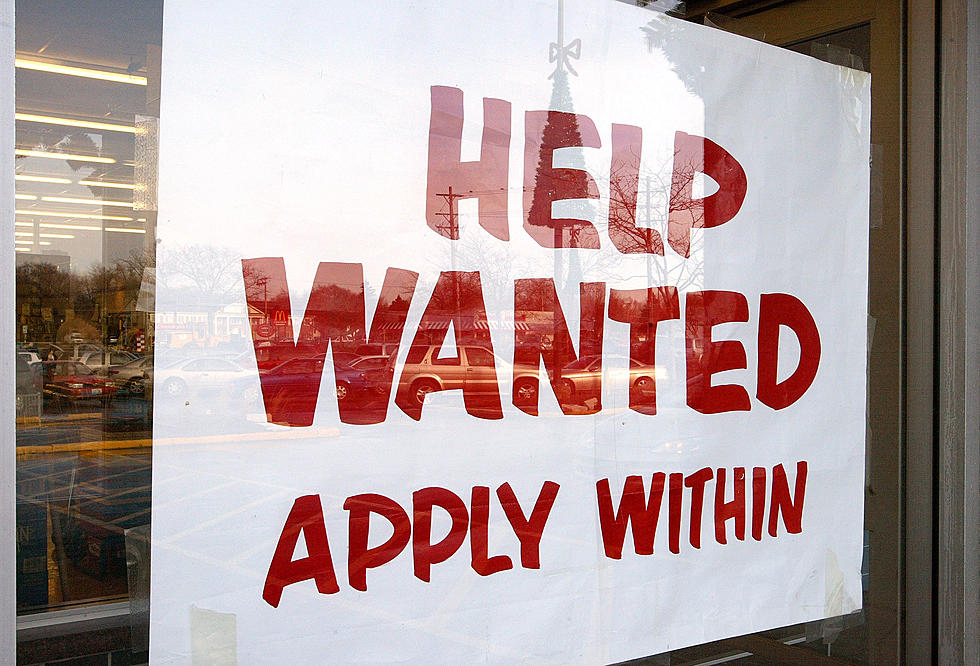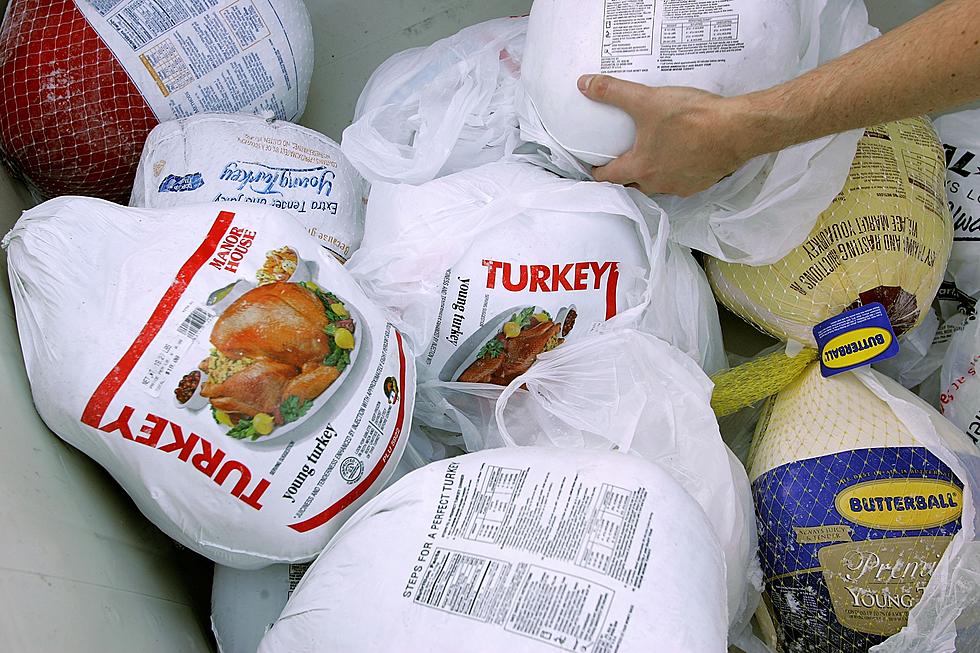
Report examines financial hardship among NJ’s veterans
Even before the pandemic moved in and disrupted employment and financial security for many, a quarter of New Jersey's veterans were struggling to afford the basic costs of housing, transportation, and other necessities, according to a report from United Way of Northern New Jersey.
In 2019, the report finds, more than 71,000 New Jersey residents who at one point served our country were either living in poverty (4%) or below the threshold United Way calls ALICE — asset limited, income constrained, employed (20%); they earn above the poverty level but not enough to cover routine expenses.
"Our freedom comes with the responsibility to ensure that those who have served and sacrificed don't struggle to make ends meet once they return home," said Kiran Handa Gaudioso, CEO of United Way of Northern New Jersey. "Although veterans do have additional supports not afforded nonveterans, clearly there's still room for improvement."
The report noted some positives for veterans in the Garden State. For example, they have more rates of full-time employment and homeownership than those who haven't served.
But this group is also more likely to struggle to afford the place they call home, the report finds. Fifty-one percent of New Jersey's veterans earning below the ALICE threshold reported spending more than 35% of their income on mortgage, utilities, tax and insurance. Among renters, 64% of struggling veterans reported being burdened by rent costs.
"We also see a challenge around access to technology ... Veterans are less likely to have access to high-speed internet at home," said Stephanie Hoopes, national director of United for ALICE. "Through the pandemic, we've seen how that access is important, not only for employment but health care services."
Families in the ALICE range often earn too much to qualify for public assistance. Over 62,000 veterans under the ALICE threshold did not participate in SNAP, aka food stamps, in 2019, according to the report. Even among those who were living in poverty, 25% participated in the food assistance program.
Almost all veterans reported having some form of health insurance in 2019. Thanks to Medicare, 100% of senior veterans in the state were covered by health insurance.
The report picked up on disparities among race and ethnicity, as well as disability status. In 2019, 32% of Black veterans and 29% of Hispanic veterans were living below the ALICE threshold, compared to 23% of white veterans and 21% of Asian veterans.
Noting that much has changed since 2019, the report's researchers used 2021 data to suggest that veterans living below the ALICE threshold were more likely than veterans above the threshold to be adversely impacted by the pandemic.
Across the U.S., 17% of veterans reported that they were struggling financially. Compared to veterans living above the ALICE threshold, veterans living below the threshold were nearly five times more likely to have received free meals or groceries through a food pantry or local organization.
Dino Flammia is a reporter for New Jersey 101.5. You can reach him at dino.flammia@townsquaremedia.com
Click here to contact an editor about feedback or a correction for this story.
LOOK: Here's where people in every state are moving to most
States with the most registered hunters
More From Beach Radio










